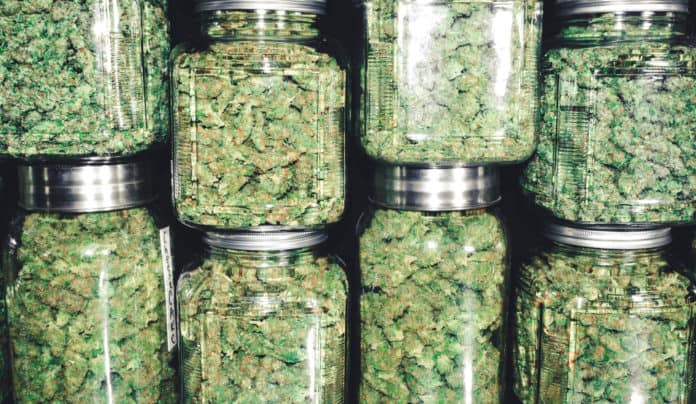Although recreational cannabis in Colorado was legalized twelve years after medicinal use was approved, adult-use sales have been gradually taking over more of the state’s overall market.
A new report by the Colorado Department of Revenue’s Marijuana Enforcement Division (MED) has been released, shedding light on this continuing trend. Overall, 66 percent of legal cannabis flower sold in Colorado was for recreational use in 2018. For edibles, the number is even higher with 86 percent of all edibles sold to recreational consumers.
The report provides a deep analysis of the Colorado cannabis market and utilizes data directly extracted from dispensary point of sales data and the state’s seed to sale tracking. MED has compiled this report for the last five consecutive years—every year since recreational sales began.
“Data collection continues to be a priority at the MED,” Jim Burack, MED director, said in a release. “This ongoing analysis and compilation of industry information helps inform the public and contributes to our outreach efforts to stakeholders.”
Here are some key takeaways from this year’s report:
- Recreational plants accounted for approximately 75 percent of the total plants cultivated in Colorado from July to December.
- The adult-use market accounted for 66 percent of the total pounds of marijuana flower sold to consumers.
- Recreational consumers made up approximately 86 percent of the total units of edibles sold to consumers.
- There was a 3-percent increase in overall recreational business licenses.
- Medicinal business licenses decreased by 8 percent.
- MED processed about fifty-four Change of Ownership applications per month.
The report also highlighted a rapid growth in popularity of cannabis concentrates. Overall, there was a 78 percent increase in sales of concentrates from 2017 to 2018. Concentrates are considered to be the hottest growing cannabis trend in many states
Denver, Pueblo, El Paso, and Boulder Counties, all among the top ten most populated counties in Colorado, had the highest number of plants cultivated each month in 2018. This is the third consecutive year that production has been highest in these counties.











